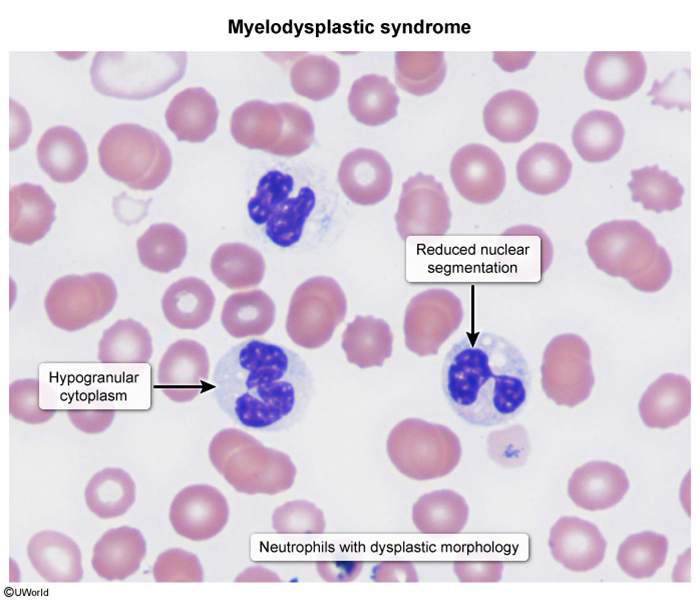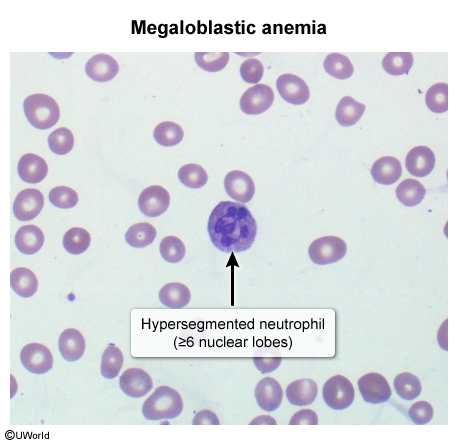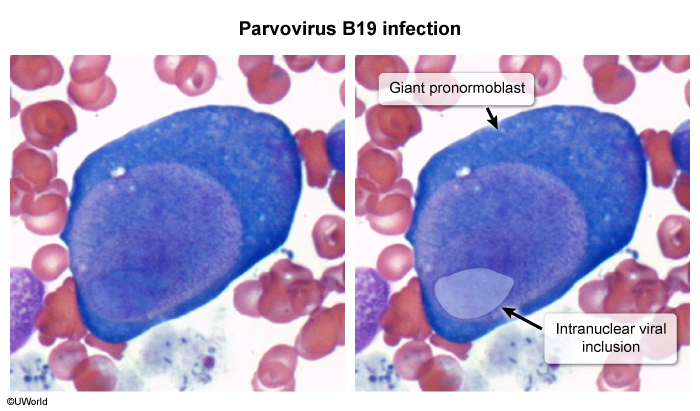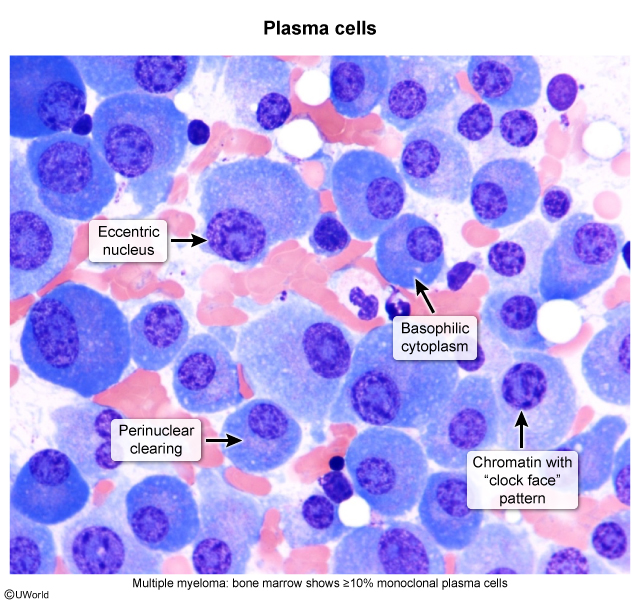Myelodysplastic Syndromes
Article Sections
Introduction
Myelodysplastic syndromes (MDS) are a group of neoplasms characterized by disrupted proliferation and differentiation of myeloid stem cells. As a result, there is accumulation of dysplastic (ie, abnormal-appearing) cells and impairment of normal hematopoiesis. Patients have cytopenias and are at risk for transformation to acute myeloid leukemia (AML).
Pathogenesis and risk factors
The pathogenesis of MDS begins with a genetic mutation in a myeloid stem cell that disrupts its growth and differentiation. As the myeloid stem cell proliferates, many of the progeny cells undergo apoptosis in the bone marrow (ie, ineffective hematopoiesis), resulting in cytopenias. Patients therefore develop symptoms related to anemia, thrombocytopenia, and neutropenia. The anemia caused by ineffective hematopoiesis also triggers a physiologic suppression of hepcidin, a hormone that normally suppresses intestinal iron absorption. Low hepcidin levels cause increased intestinal absorption of iron that can eventually progress to systemic iron overload.
Continue Learning with UWorld
Get the full Myelodysplastic Syndromes article plus rich visuals, real-world cases, and in-depth insights from medical experts, all available through the UWorld Medical Library.
Images



